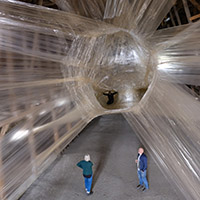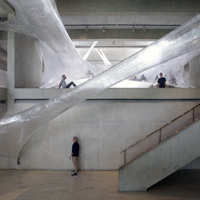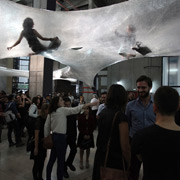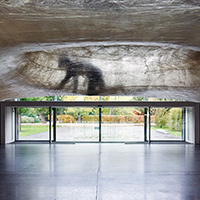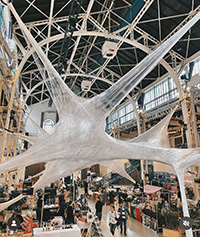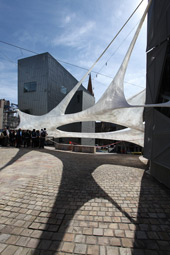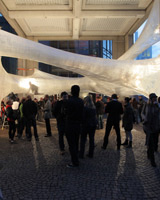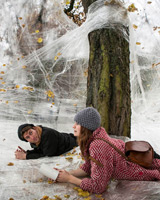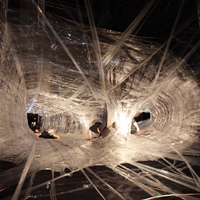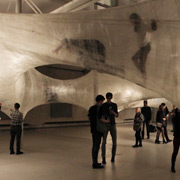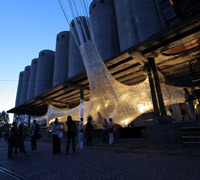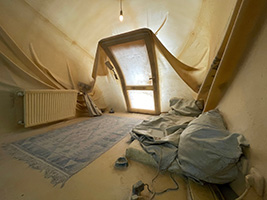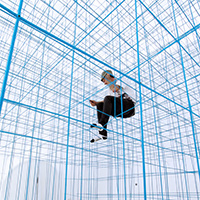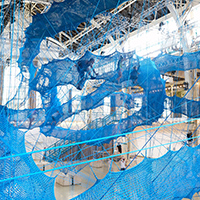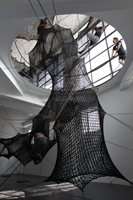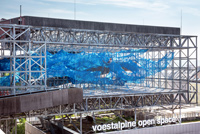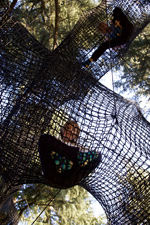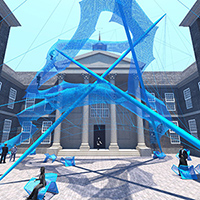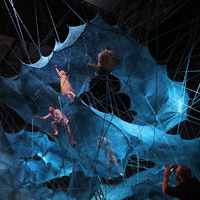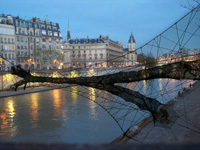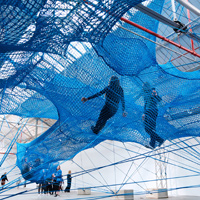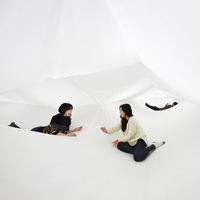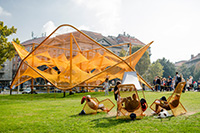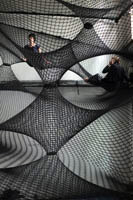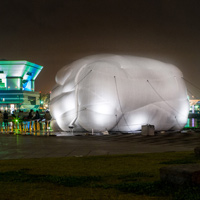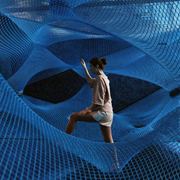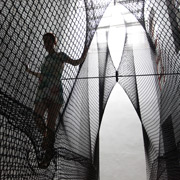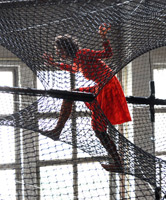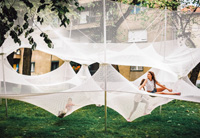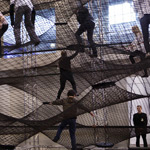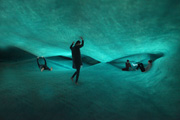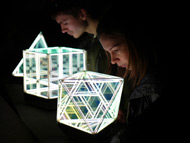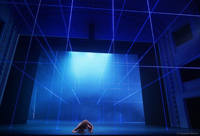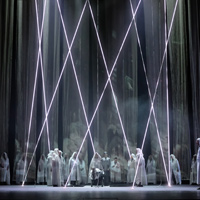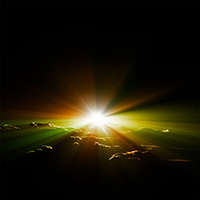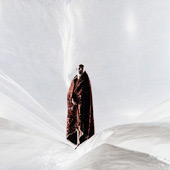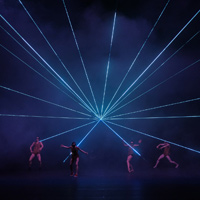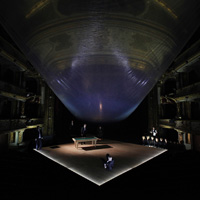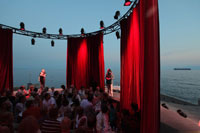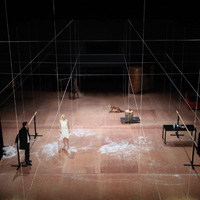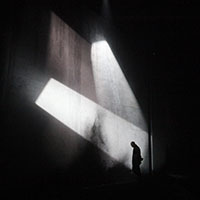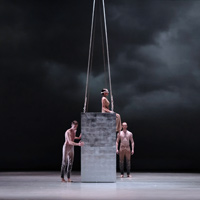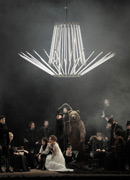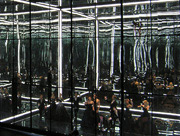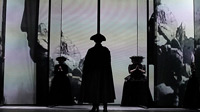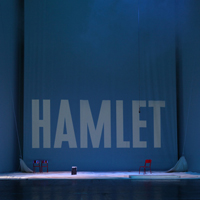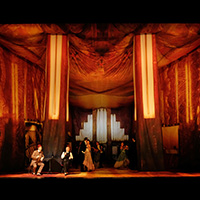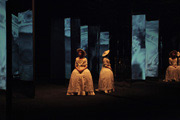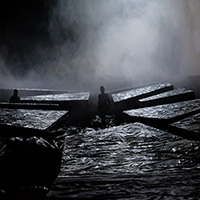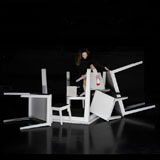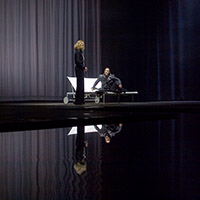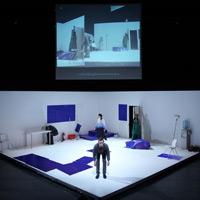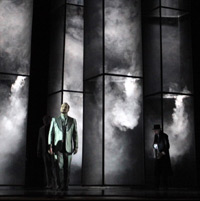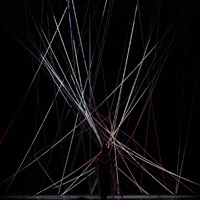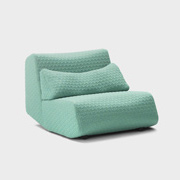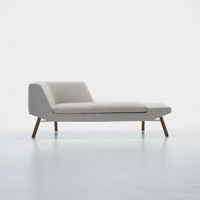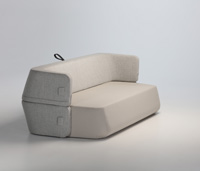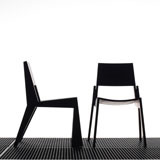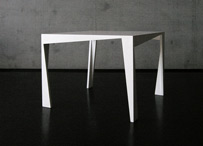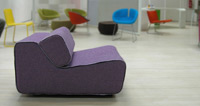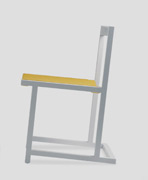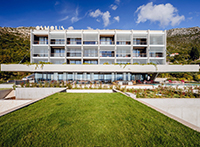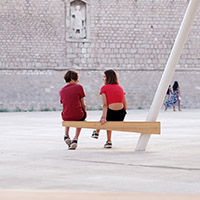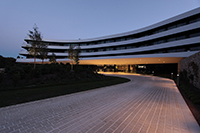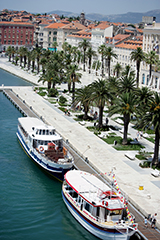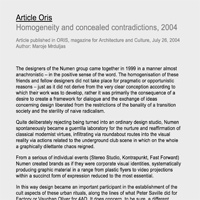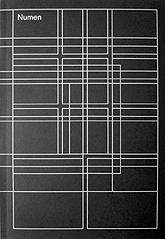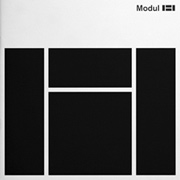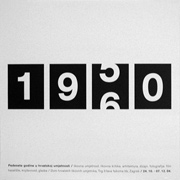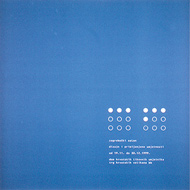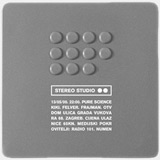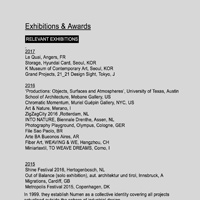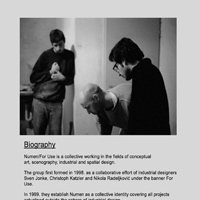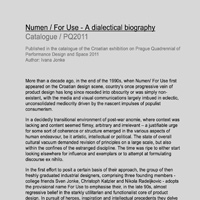Composer: Giuseppe Verdi
Director: Miguel Del Arco
Scenography: Numen + Ivana Jonke
Assistant: Vanja Magic
Technical Production Manager: special thanks to Celeste Carrasco
1. Act begins with an extended staging of the collapse of the main theatre curtain. What firstly appeared to be a normal red velvet curtain, suddenly drops before the audience, revealing it was actually a front side a huge inflated cube, whose lateral sides are made from black fabric. As the Preludio music intensifies, the cube collapses and deflates dramatically, while the “curtain" plunges backwards to form and an open red landscape that covers the large portion of the stage. Chandeliers descend and the scene is set for the ball sequence. At the completion of the scene, the red fabric is sucked out of the stage, revealing only the black, hilly terrain that slowly moves towards the proscenium. The chandeliers retreat and the landscape fills with haze to create a sombre, predatory exterior. At some point in the scene, a slit in the terrain opens and a transparent foil cupola appears. The cupola contains a hortus clausus, wildly planted with forest fern and meadow grasses. This is Gilda’s locked garden which she shares with a number of forest nymphs, acting as her untamed, elusive doubles. The lush garden is green and well-lit, in sharp contrast with the dystopian, dead environment around it. The whole scene has a sense of terraforming a distant, inhospitable planet. The cupola is air supported and quickly collapsed for Gilda’s scene, leaving the garden unprotected and open to invasion. During the last part of the Act 1, six large black boulders inflate laterally and in the back of the terrain, creating an even wider and more threatening landscape.
For the start of Act 2, instead of going up, the curtain disintegrates into pillar-like cutouts which slide backwards into the depth of the stage and assume a spatial composition of a great hypostyle hall. This is the classical ducal palace scene. The chandeliers return and a white sofa is revealed with a trick of the moving curtain. Despite this scene being structurally different to the opening palace scene, there is a clear visual connection between the two. For the ending of the Act 2 the pillars become warped and the palace assumes a chaotic, jungle-like character. The scene closes with the curtain pillars slowly straightening up and moving in the opposite direction until they form an even surface and completely close the portal.
The Act 3 starts again with the closed red curtain which opens through segments falling down and revealing a cave like environment, formed by suspended, organic masses of dark fabric. In one of the cave openings, we glimpse a dimly lit tavern. This is a warm subterranean space, a loud den of the social underworld, with shadows moving on the walls. The tavern is alive and intense, yet surrounded by the river mists and murky landscape. The spatial elements for the interior are realistic, while the rest of the scenery remains shrouded in abstract organicism. With Gilda’s murder the fly system will release and lower all of the suspended fabric, the cave will fold down and disappear in the slow avalanche of black cloth. In the “maledizione” scene, Rigoletto and dead Gilda are left among the ruins of the set and the exposed structures of theatre technology.
Making of
1. Act
Change from 1.Act into 2. Act
2. Act


Change from 2.Act into 3. Act
3.Act
Inspiration

